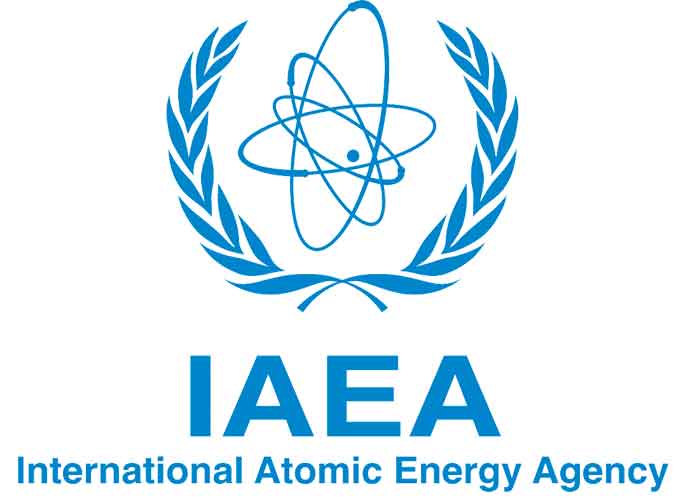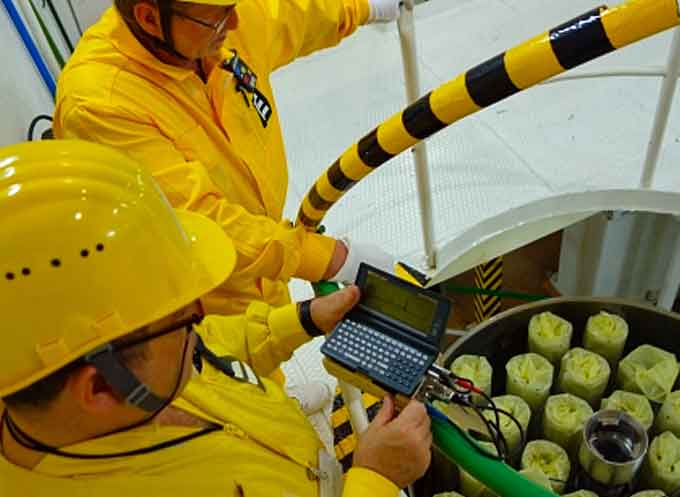
The International Atomic Energy Agency (IAEA) has completed a three-year project to revamp its Safeguards information technology system to be more effective in its work to ensure the peaceful uses of nuclear technology.
IAEA inspectors contribute to international peace and security by applying Safeguards—a set of technical measures—to help prevent the non-peaceful use of nuclear material and technology.
However, the demand on the IAEA’s Department of Safeguards continues to increase as more States seek to utilize the benefits of nuclear science and technology.
The €41 million Modernization of Safeguards Information Technology project (MOSAIC), whose completion was marked at a presentation to IAEA Member States in Vienna on May 15th, was launched in 2015.
(The IAEA has completed MOSAIC, a three-year project to modernize Safeguards information technology system to Strengthen Nuclear Safeguards Worldwide. The project developed more than 20 unique software applications to make Safeguards more effective, efficient and secure. Courtesy of IAEA and YouTube)
Employing 150 in-house professionals, the project developed more than 20 unique software applications to make Safeguards more effective, efficient and secure.
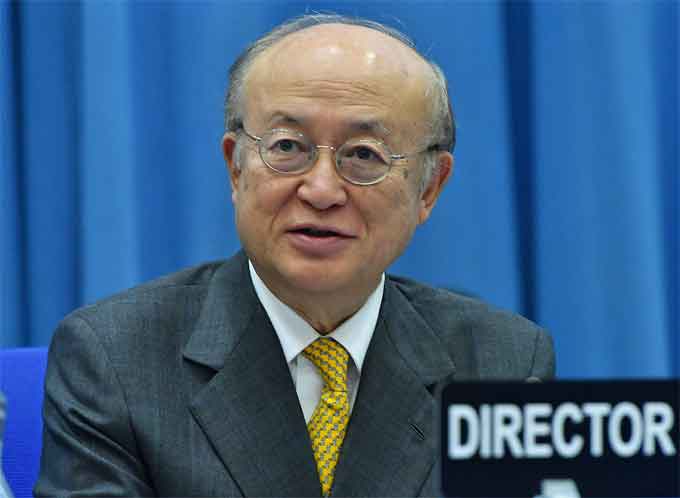
“The IAEA budget is not keeping pace with that growing demand, so it is essential that we make optimal use of advanced technology,” IAEA Director General Yukiya Amano said at the presentation.
“We are making more use of satellite imagery, enhanced data collection and remote monitoring techniques. We also continue to strengthen information collection and analysis.”
“MOSAIC will ensure that the Safeguards IT system supports all implementation processes well into the future, allowing better planning, conducting, reporting, and quality assessment of Safeguards activities,” added Director General Amano.
The upgrades come as demand for IAEA Safeguards work continues to climb worldwide. Between 2010 and 2017, the amount of nuclear material under IAEA Safeguards increased by over 20 per cent.

In 2017, Safeguards staff operated in 182 States, compared with 176 States in 2010, and conducted more than 2000 inspections.
MOSAIC has provided a suite of modern software applications, streamlining and integrating the processes of planning, performing activities, and reporting.
These applications also facilitate the collection and analysis of Safeguards-relevant information.
For example, in the past the IAEA collected tens of thousands of pieces of open source information per year. Thanks to MOSAIC software, that figure is now 140 million.
States with Safeguards agreements are required to declare their nuclear facilities and material to the IAEA.
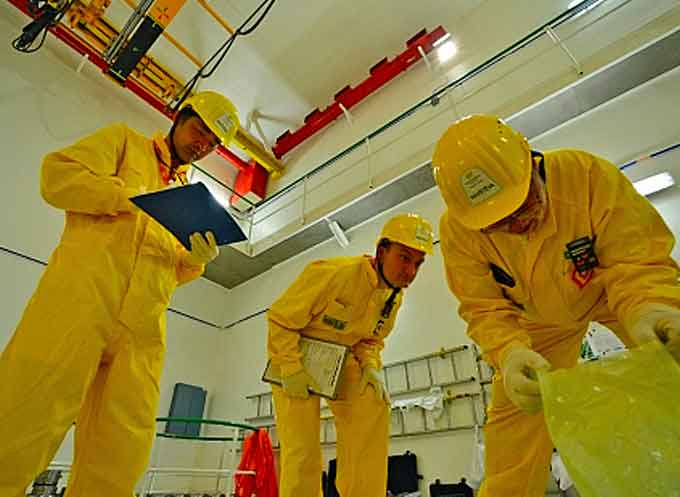
Processing such declarations and making the information available to IAEA experts used to be very time consuming. Now, these can be analyzed immediately upon receipt.
MOSAIC has also enabled the IAEA to digitize the hundreds of thousands of documents on its verification work—records the Agency must keep on file.
“Before MOSAIC, we used to have to go to the filing room, but with MOSAIC it’s like a one-stop service,” said Lai San Chew, an IAEA Safeguards Inspector.
“You just click and you can get the information on the computer. It saves a lot of time.”
Work carried out as part of MOSAIC has also strengthened Safeguards information security – which is increasingly important to meet the growing number and complexity of cyber threats.
IAEA State Declaration Portal
One component of the IAEA’s MOSAIC program, upgrading the IT system, in addition to enhancing laboratories, enhancing analytics, and advancing surveillance, involves the replacement of the old safeguards information system with a more modern and secure environment, enabling the IAEA to conduct safeguards activities in a more efficient and effective manner, by launching a new web-based system streamlining the submission of safeguards declarations by States.
These form the basis for the IAEA’s nuclear verification work, which provides assurances to the international community that nuclear material remains in peaceful use.
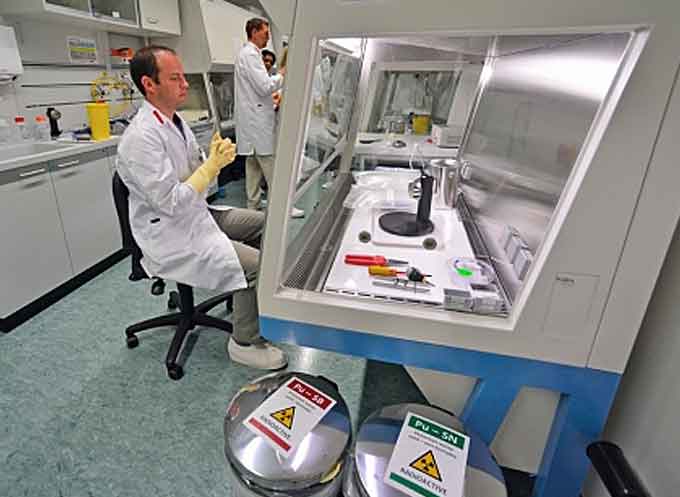
The new State Declaration Portal, runs on a secure online network, saving both time and effort in information exchange with Member States, explained Tero Varjoranta, IAEA Deputy Director General and Head of the Department of Safeguards.
Safeguards declarations contain information about States’ nuclear material inventories and other related activities.
The IAEA verifies the information in these declarations to determine if a State is fulfilling its safeguards obligations.
Previously, these reports were delivered in a number of predominantly paper-based ways, such as post, fax, e-mail or in-person delivery to IAEA headquarters in Vienna.
“This process is normally quite lengthy and labour intensive,” explained Alain Rialhe, Head of the Declared Information Analysis Section at the IAEA.
“After we finish processing these declarations, we provide comments and feedback to the State. And this could involve some back and forth.”
The Portal provides an avenue for quicker and more direct transfer of information between the IAEA and those national or regional authorities who choose to adopt this new method of communication.
Encryption for enhanced security
Considering the highly sensitive nature of the information exchanged between the IAEA and States, the Portal features the highest level of information security infrastructure.
“Confidentiality is a legal obligation, and protecting that confidentiality has been a central part of the planning for the Portal,” said Rialhe.

“Nothing will go through the Portal without being encrypted.”
“States’ participation in this new initiative is completely voluntary but encouraged,” Varjoranta emphasized.
“It is in everyone’s interest to find efficient ways to enable the IAEA to provide credible assurances that States are honoring their legal obligations.”
MOSAIC ensures all confidential Safeguards information is well protected within an autonomous IT environment.
“The volume and variety of formats in information technologies have increased, as have the challenges of cybersecurity,” explained John Coyne, Director of the Office of Information and Communication Systems, Department of Safeguards.
“There was definitely a need to modernize our IT and that is exactly what MOSAIC has done.”
“We are now fully ready to meet the challenges of 21st century Safeguards.”
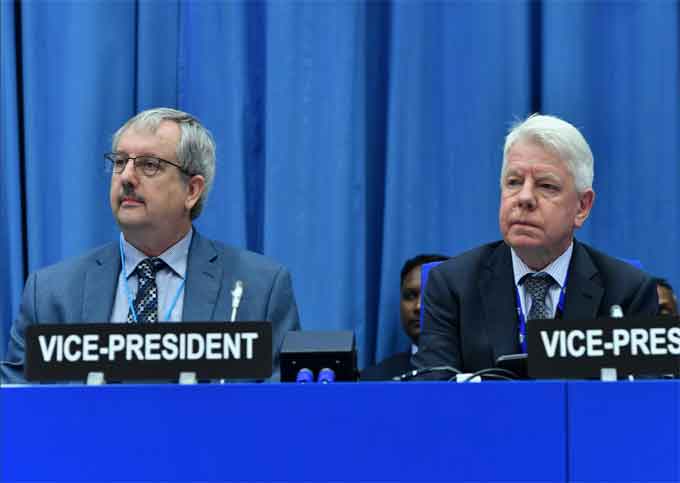
Lead by Li Yuanjing the Senior Vice President of Nuctech, which originated out of Tsinghua University, Beijing, is one of the companies that participated in the Second Technical Meeting on Radiation Detection Instruments for Nuclear Security of IAEA held in Vienna.
The conference topic was: Trends, Challenges and Opportunities.
The conference is aimed at gathering the professionals, users, and manufacturers to discuss the emerging threats and the development trend in the field of radiation detecting.
During the conference, Mr. Li communicated thoroughly with the leaders of the bureau of radiation security of IAEA on deepen the cooperation of system maintenance and staff training, as well as to participate in the global project of IAEA, and other topics.
On behalf of Nuctech, Li Yulan the engineer delivered a speech in which she introduced Nuctech briefly, and introduced the characteristics and application prospects of different types of products of Nuctech in detail.
(Learn More about IAEA and Safeguarding the Nuclear Future, courtesy of IAEA and YouTube)
During the exhibition, the high purity germanium detector attracted a great attention from the members of IAEA and industry professionals with its background of independent R&D and the leading capability of radiation detecting.
Widely known as the world’s “Atoms for Peace” organization within the United Nations family, the IAEA is the international centre for cooperation in the nuclear field. The Agency works with its Member States and multiple partners worldwide to promote the safe, secure and peaceful use of nuclear technologies.













